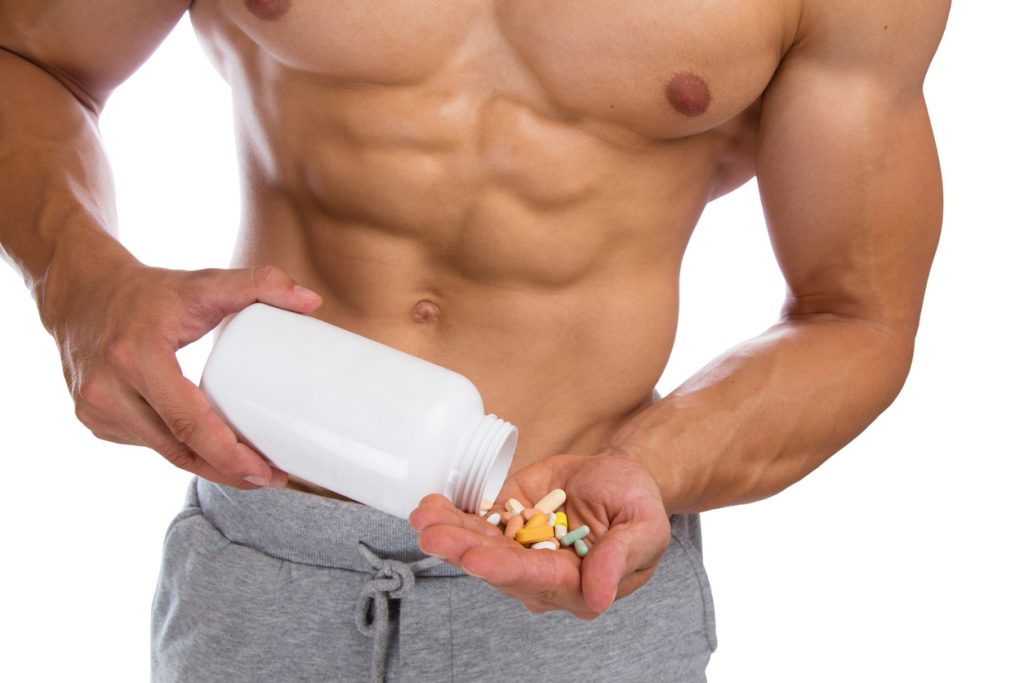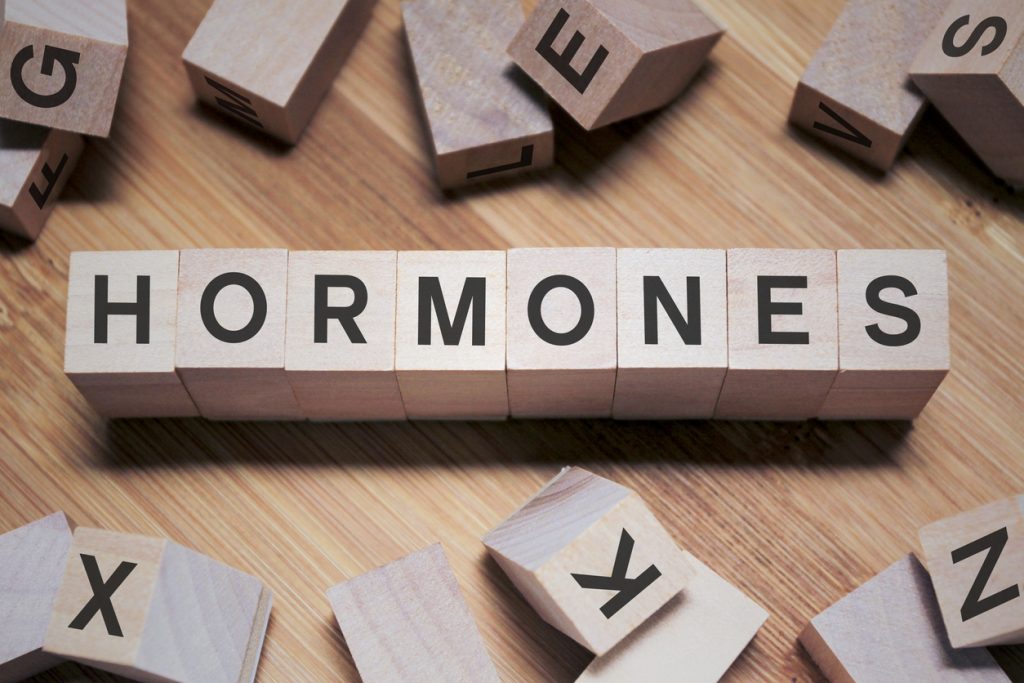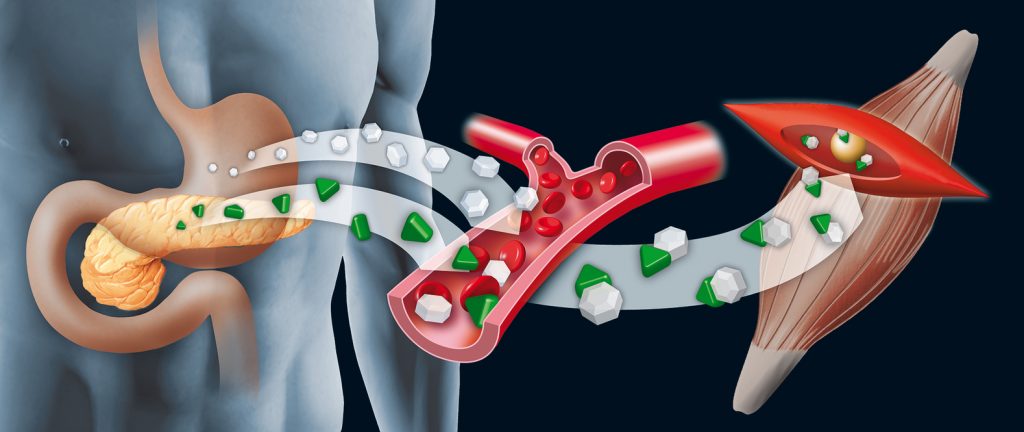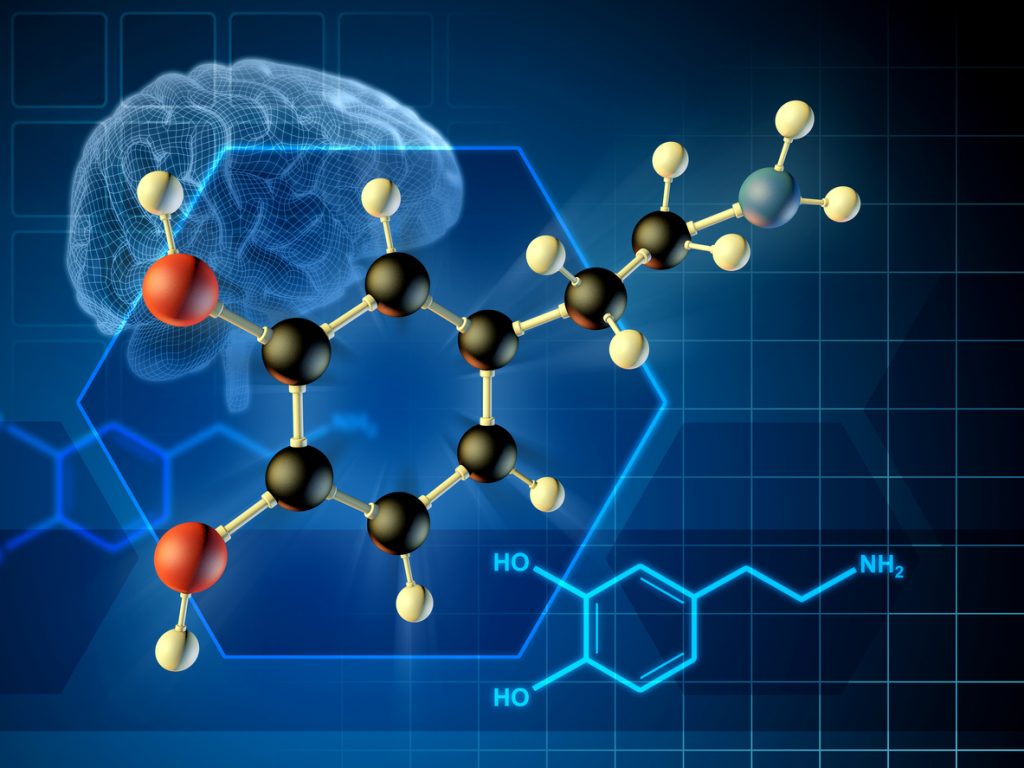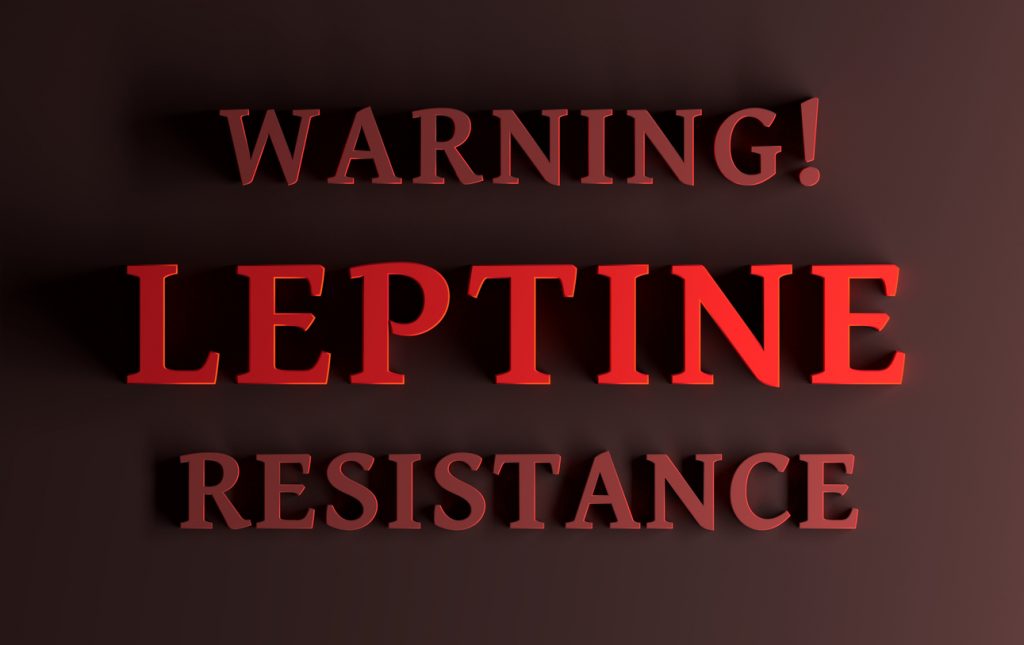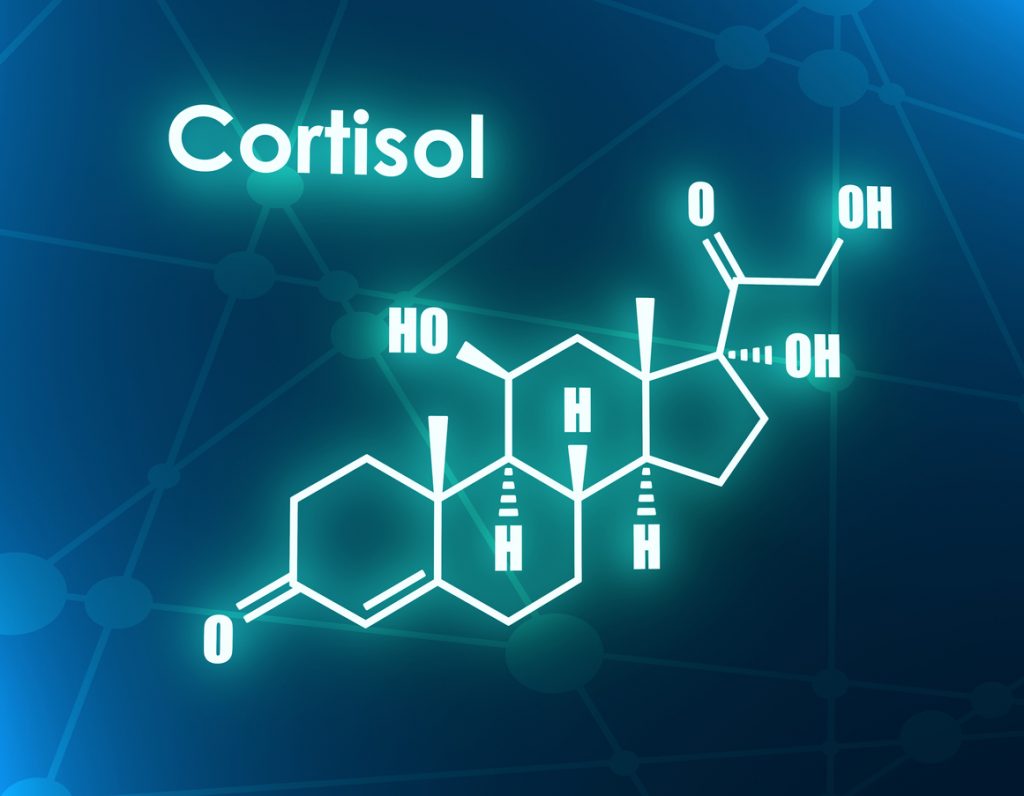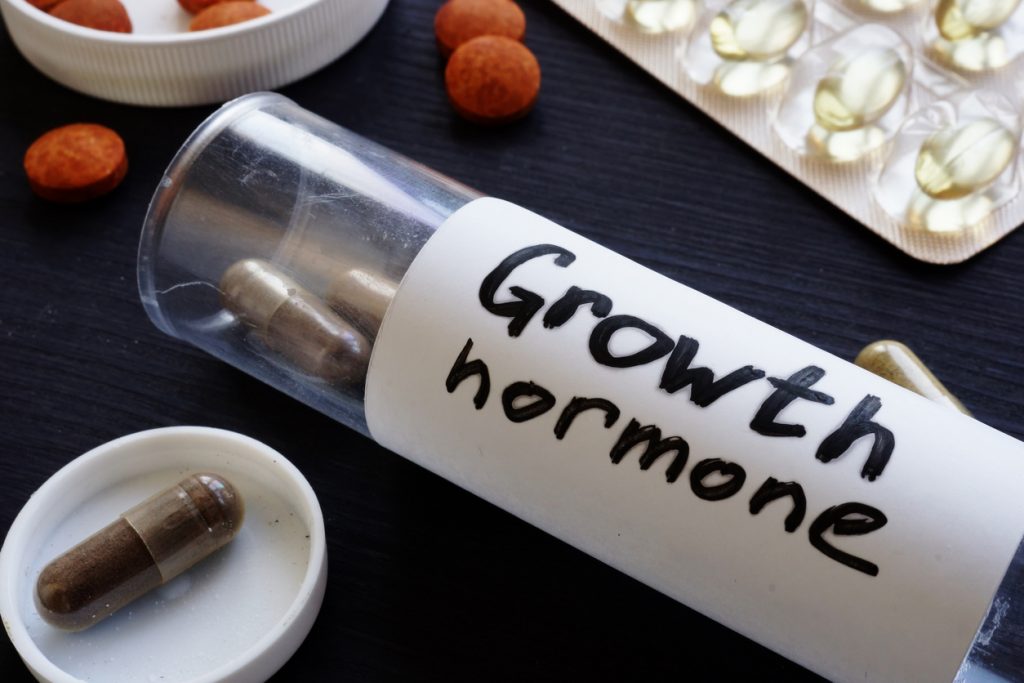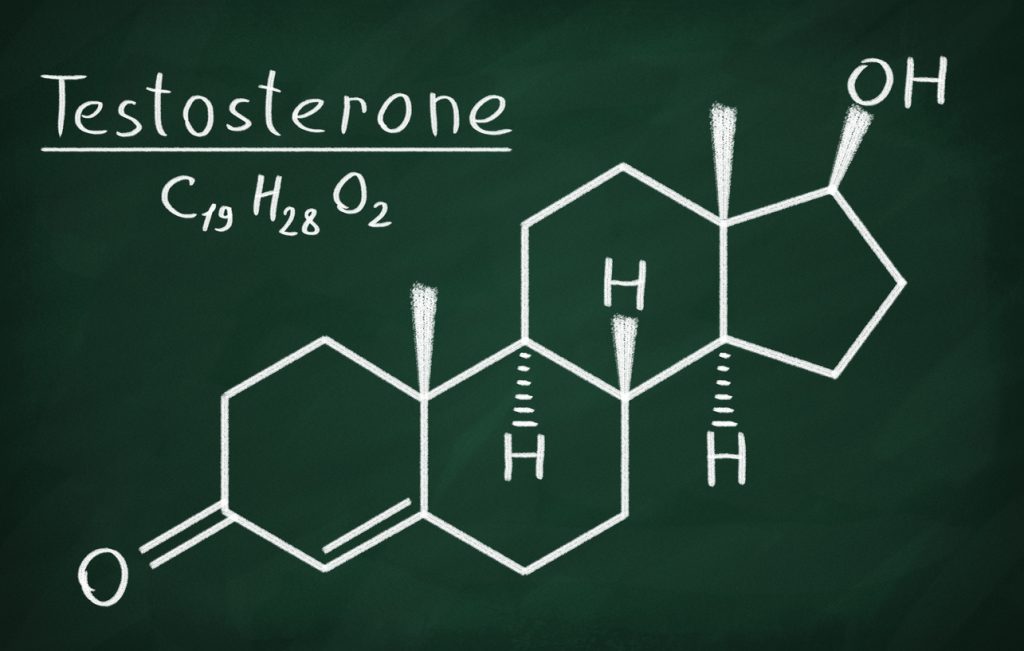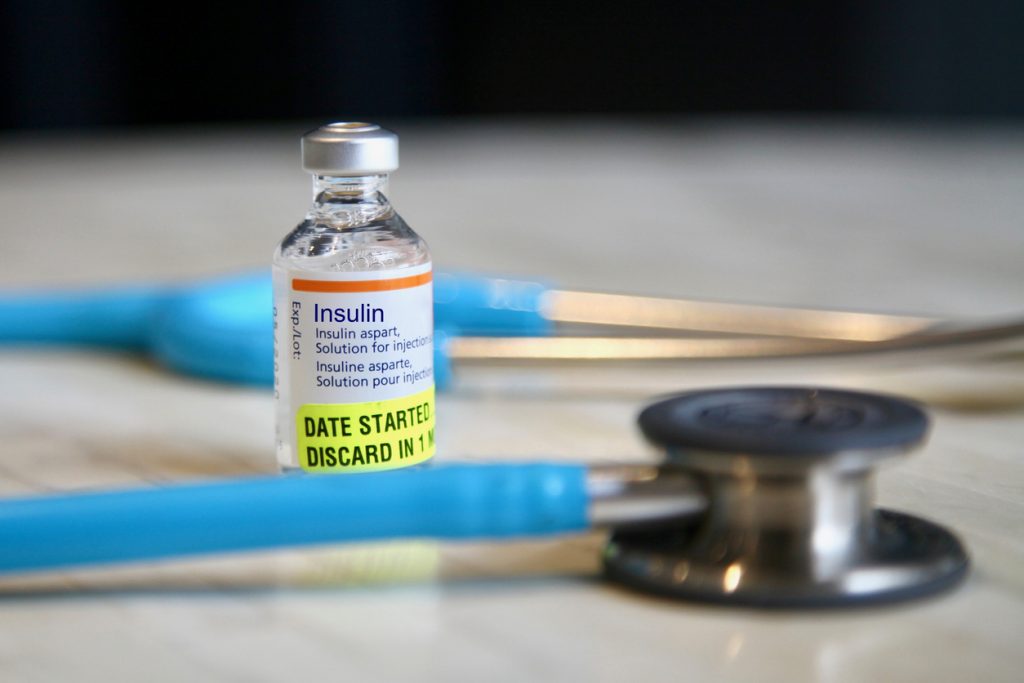When the body is at rest i. e. there is no activity being carried out, it is constantly at this time that hormones participate in metabolic balance. Metabolism is the set of transformations undergone in the body by the substances it absorbs such as carbohydrate and fat metabolism. Hormones can also activate or prevent cellular enzymatic action. Each of the hormones has its own function.
The roles of some hormones in the body
Insulin: this is the hormone secreted by the pancreas. It maintains the use and accumulation of carbohydrates. It has an overall effect on the synthesis of glycogen and triglycerides. It is the only way to ensure that glucose can be easily absorbed into the cells.
Diabetes occurs if insulin does not do its job. This is why it is called hypoglycaemic.
Glucagon: like insulin, it is a hormone produced by the pancreas and is also a blood sugar-lowering hormone. If it does not work, it causes an increase in the amount of glucose in the blood. Also, the body releases glucose and fatty acids during its fasting period and glucagon has the role of stimulating this release.
Blood sugar is regulated by the balance between these two hormones.
Cortisol: This is also a hormone but is secreted by adrenal glands which are located above the kidneys. It is said to be a steroid hormone and isproduced from cholesterol. It participatesin the metabolism of carbohydrates, lipids and proteins. Cortisol stimulates gluconeogenesis, which is the synthesis of glucose by the liver, and thus allows the regulation of blood sugar levels during the end of fasting.
What are the effects of hormones on the body during exercise?
The body undergoes a physiological reaction called "stress" when subjected to a frequent stimulus such as exercise. The latter can be considered as a voluntarily triggered state of stress. So when there is physical activity, there is physiological stress.
During this interval, hyperglycaemic hormones (glucagon, cortisol, adrenaline and noradrenaline) are released in large quantities in order to meet the body's high glucose requirements and to adapt it to exercise. Also, as a result of this unusual release of hormones, there is a change in the acceleration of the heart rate.
Also, lung ventilation and circulatory output increase, as does the need for energy.
These hormones have metabolic importance in promoting glycogen utilisation and fatty acid release. Adrenaline and cortisol thus enable the mobilisation of organic reserves. By limiting the use of glucose at the cellular level, cortisol also preserves the needs of the brain.
Glucagon stimulates neoglucogenesis from amino acids. Indeed, a certain level of physical effort helps to maintain blood sugar levels. These successive hormonal adaptations allow the body to react efficiently to the stress generated by physical exercise.
What are the three phases of stress syndrome?
The stress syndrome explains any adaptation to the body's responses to stressors. It is divided into three distinct phases.
The first phase is the alarm reaction of the body. It is the triggering of a reaction by the body to the stress it is undergoing through the mobilisation of resources. It is defined by a release of adrenaline. At this stage, the heartbeat increases and the muscle tone changes.
But if the stress has proved to be narrower, we enter the resistance phase. This is the part where the body adapts to the perceived stress. If the stress still persists and the body can no longer resist it, then it enters the last phase, the exhaustion stage. At this level, the body endures serious dysfunctions.
For sportsmen and women, this last phase is surely to be avoided. It can be triggered by overtraining and then lead to a state of overexertion. In fact, it is necessary to set up a cycle planning system which will make it possible to clearly identify the different training periods and phases to be respected. Without forgetting the parts of active or passive recovery to be well determined.

